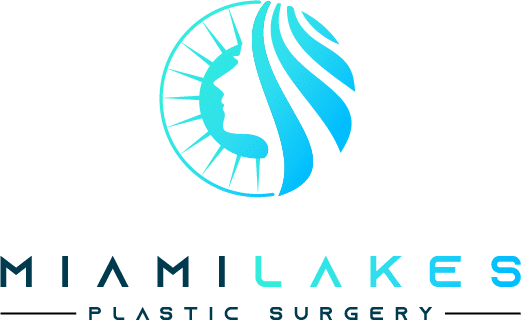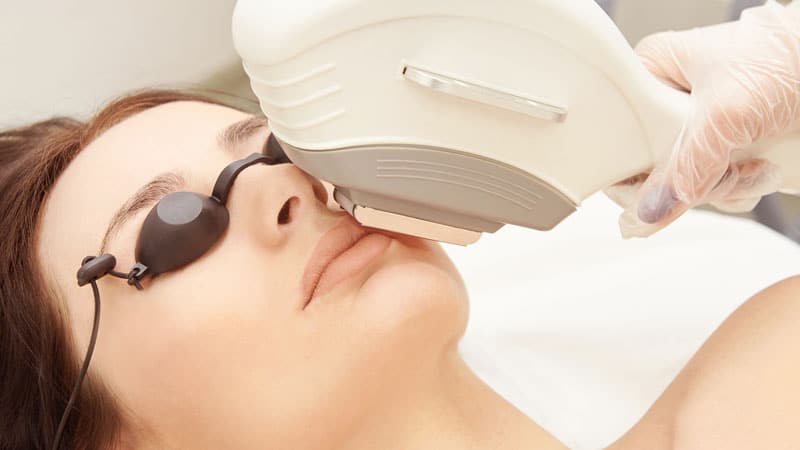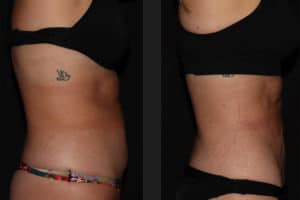Laser has been available for use by surgeons of various specialties since the mid-sixties. Recently, however, it has become user-friendly with the advent of the ultra pulse mode, (known by various manufacturers as ultra pulse, nova pulse, or super pulse).
The use of the CO2 short-pulse laser is essential in the practice of cosmetic surgery. It is useful for skin resurfacing and ablation of skin lesions without excessive skin damage. Lesions can be vaporized without loss of skin texture or color. Large or small areas of skin can be resurfaced without excessive tissue charring.
Physical properties
Laser light emission is produced with the help of a photon pump raising millions of electrons to a higher energy level causing spontaneous emission. Mirrors are then used to reflect some of the released photons into the active medium to generate a stimulated emission that, with the help of the mirrors, continues to amplify. Leakage of this generated light via specialized lenses is used to produce the surgical effects.
Clinical considerations
The development of short-pulse CO2 lasers has provided equipment that can safely vaporize superficial layers of the skin. Theoretically, the results obtained by a peel or dermabrasion can also be duplicated with the laser. The short pulse CO2 is beneficial for the treatment of the following conditions:
|
Skin resurfacing |
|
Obliteration of fine lines |
|
Actinic keratosis (Sun Damage) |
|
Rejuvenation of acne scars |
Preparing for CO2 skin resurfacing
To minimize the risks associated with CO2 skin resurfacing, you will be instructed on how to prepare your skin before the procedure. Sometimes a Tretinoin such as Retin-A-a prescription medication derived from Vitamin A-is used to pretreat the skin. This thins out the skin’s surface layer, allowing the active solution to penetrate more deeply and evenly. Hydroquinone, a bleaching agent, is sometimes used in conjunction with Retin-A, especially if you have blotchy skin areas or pigmentation problems. You may have to spend a month or more in the pretreatment phase before you are scheduled for the procedure. This not only produces a firmer base for the procedure but also reduces wound healing time by three to four days.
Postoperative dressing and care
Specialized dressings like Silon and N-terface® are porous, polyethylene sheeting. These dressings seem to produce the best wound healing and most painless results. The dressing is placed on the face and left in place for five days. The outside dressing of 4×4 gauze pads and tube netting is changed daily.
You will be given detailed instructions to follow after this procedure. You must follow your doctor’s specific postoperative instructions.
Special precautions
Patients previously treated with Accutane® Isotretonoin have developed atypical midface hypertrophic scars (keloids). If you have undergone Accutane® treatment, a resting period of at least six months is recommended before resurfacing the skin.
Patients may hyper pigment postoperatively, particularly patients with dark skin complexion. If you have dark skin you should begin a bleaching program on the fifteenth to the twentieth postoperative day. The program should begin before any pigmentation has occurred. This defensive bleaching regimen will subsequently resolve any hyperpigmentation over a period of three to four months.
Acne flare-ups are common after full facial treatment. Small pustules or milia develop as healing matures. Conditioning lotions with vitamin A and glycolic acid and medical facials may be used to extract impacted lesions.
Persistent red pruritic streaks can progress to become keloid hypertrophic scars. These streaks should be treated with silicone gel sheeting such as Epi-Derm®.
What does esthetic CO2 laser entail?
A photon pump is used to emit laser light, which is reflected with mirrors to generate an amplified beam. This is passed through specialized lenses to perform surgical procedures including skin resurfacing, reduction of acne scars, removal of fine lines, and actinic keratosis (reversal of sun damage). The effect is to vaporize superficial layers of the skin, making this treatment an alternative to peels or dermabrasion.
What will I need to do before surgery?
Your surgeon may recommend treatment with Retin-A (medication derived from Vitamin A) and/or hydroquinone (a bleaching agent), to thin the surface of the skin and permit more even and complete penetration by the active solution. This pretreatment may take a month or more before the procedure.
If you have previously been treated with Accutane® Isotretinoin, it may be recommended that you wait at least six months before skin resurfacing, due to the development of midface hypertrophic scars (keloids) in these patients.
What should I expect from the post-surgery recovery period?
After the procedure, a specialized dressing like Silon or N-terface® (porous polyethylene sheeting) will be applied to the face and remain there for five days. Your results will depend on careful adherence to your doctor’s instructions, including changing the external dressings daily.
Some patients (especially those with dark complexions) may experience hyperpigmentation, so will be advised to begin a bleaching program fifteen to twenty days after the procedure.
Acne flare-ups and red pruritic streaks commonly occur and may require additional treatments.







